The Usambara Mountains are a beautiful mountain range between Tanga (Indian Ocean) and Moshi (Mount Kilimanjaro) in northeastern Tanzania. Surrounded by stunning views, it consists of more than 120 small rural villages with a population of approximately 50,000 people who live there in a very simple way. The main population of the Usambara Mountains is Lushoto.
The Usambara Mountains, 90 kilometers long and about 30-50 kilometers wide, were formed almost two million years ago by various geological faults. The mountains are surrounded by virgin rainforest that has been isolated for a long time forming a very interesting natural environment to observe nature and walk for a few days.
Despite being one of the most beautiful places in Tanzania, these mountains are still one of the most unknown places in the country. They are a real paradise for nature lovers and hikers. From there, you can see the great plain between Tanga and Moshi and the Mkomazi National Park in the distance; and you can choose from a variety of hiking options ranging from one-day excursions to 4-day routes across the mountain range.
The Usambara Mountains are one of the hidden gems of Tanzania. If you want to relax in an atmosphere of cool temperatures, enjoy a quiet place with almost no crowds of tourists, live a totally rural lifestyle with small mountain villages and walk in the middle of a great biodiversity of mountain ranges, forests, waterfalls, cliffs and amazing views, the Usambara Mountains are your place.
How to get there?
The main starting point for visiting the Usambara Mountains is the town of Lushoto. To get there, there is only one option: take the road that leaves Mombo, a town located in the middle of the main route between Moshi and Tanga, and drive for the 32 kilometers that go up the mountain on a route that takes approximately in an hour.
The best way to get to Lushoto is by public transport. There are buses traveling from Dar-es-Salaam in the south; and others from Moshi and Arusha, in the north and going directly to Lushoto. It usually takes about 6-9 hours. You also have the option of going by bus that makes the route Dar – Arusha (such as the companies Dar Express or Kilimanjaro Express) and leaves you in the town of Mombo, and from there you can take another transport (minibus or dala-dala) that can take you to Lushoto.
If you are traveling from Dar-es-Salaam, there are different buses that leave from the Ubungo Bus Terminal to Lushoto. They usually leave at 6 in the morning on a journey that lasts about 6 hours. The ticket costs 15,000 TSH per person per trip, and we advise you to buy it the day before from the same terminal. Bus stations are usually a very busy place where a lot of people come together and come to you in a rather aggressive way to try to get you on your bus for a commission. If you do not have a ticket, many of them will want to sell you tickets at a higher price. In order to avoid this stress moment, we advise you to go the day before to buy the ticket and so, on the day of departure, you only have to get on your bus and that’s it. In Dar-es-Salaam, one of the bus companies on the Dar-Lushoto route is Maning Nice Company.
If you are traveling from Arusha, there are different companies that leave from the Bus Terminal in the center of Arusha towards Lushoto. Some of these are Chakito, Fasaha and Mwambao which offer final trips to Lushoto. They leave at different times of the day, but we recommend leaving with the first bus that departs at 6 o’clock in the morning. In our case, we bought the ticket the day before at the Chakito company for a cost of 20,000 TSH per person per trip (although there were local people on the bus with a ticket which costs 15,000 TSH); and it took us about 9 hours. You must be at the station half an hour before departure, and get in the bus, which is about to leave the terminal. Think that this bus also stops in Moshi and some other town, so you can get off during the ride and buy some food if you want.
If you travel from Tanga, there are many mini-buses and dala-dala that also make the journey from Tanga to Lushoto and vice versa in about 4 hours and at a cost of 7,000 TSH per person and journey.
As we come from Arusha, we decided to make a day trip and take the first bus that left Arusha and went directly to Lushoto, so we avoided negotiating another transport in Mombo and arrived directly as a final point to our destination: the Usambara Mountains.
Useful tips to visit Usambara Mountains
– Learn a little Swahili, it will help you connect with people. The Usambara Mountains are a very rural and local place where predominantly people have good faith. People are calm, smiling and eager to help you. If you know a few simple Swahili phrases, greetings, numbers, and four verbs, people will open the doors for you or whatever you need. We found that many people in Usambara did not speak English at all, and many times four sentences and words in Swahili saved us. We like to see how tourists make an effort to communicate with our language and give it value, right? Well, we have to try it wherever we go, you will see that it will only make you have pleasant surprises. If you want to know more about Swahili, click here.
– Watch out for mountain air! Usambara is a fairly high mountain range, in Lushoto it was cool and cold at night. Remember to bring in your backpack sweaters, long pants and socks with shoes for the cold (they will also be good for mosquitoes). Don’t miss the mosquito repellent either, even though it’s in the mountains, the mosquitoes are still there!
– The paths go up and down, watch out for your shoes or use the boda-boda! We made the mistake of thinking that by being in a village, the roads would be more or less flat and without much gradient. But mistake! Lushoto itself is located on one side of the mountain, so all the roads and ways went up and down quite a bit! It is therefore important to wear good footwear, which allows you to walk a lot and on not all flat terrain. Also avoid the sunniest times, so you will also avoid a good sweat! There is the option of taking the boda-boda, which are motorcycles that act as taxis, to go from one point to another. There were many in Lushoto and they were very practical. The price depends on the length of the journey, but we did not pay more than 1,000 TSH.
– Bring a flashlight/headlight and a battery for your mobile phone and your camera. You may want to include them in your backpack. If it’s late after sunset and you’re still walking through the village or on forest paths, the flashlight will save you from a risk of stumbling. The battery to charge your mobile or camera is always useful if you use it a lot and want to keep taking photos or using it to consult the offline map MAPS.ME.
What to do in Usambara Mountains?
– Visit a local market in one of the villages in the area:
On Thursday, we coincided with the Lushoto market, although we were also told that the Lukozi market on Mondays was highly recommended. All the people of the village, and also of the surrounding villages, are going to buy the best vegetables, fruits, clothes and other basic necessities. People, smells, colors… always go to a market when you are traveling does not disappoint, and in a rural setting even more so. A great way to know the place and the local people!
– Walk to the Kisasa Falls and take a route through the surrounding villages:
The Kisasa Falls are beautiful waterfalls located south of Lushoto. It can be reached by boda-boda or by car and the last section, you have to do it on foot, going down to the entrance of the waterfalls to enjoy it. You can also take a short excursion to go and see the waterfalls and at the same time, take the opportunity to walk around the area.
A lot of the people we met offered us a day tour with a guide for about 25$/30$ but it’s really a pretty easy journey for doing yourself. With the help of the MAPS.ME mobile app and asking local people (and insisting that you get there on your own), you can easily get to the waterfall front door. The entrance to the waterfalls cost us 3,000 TSH/person (1.15€).
We followed this route in case it can help you:
Exit the village of Lushoto on the main road heading south (as if returning to Mombo). You will pass by the Lushoto hospital junction, a petrol station, a car workshop… You will have to walk along the main road and when you reach a curve, you will have to turn right on a descent way that will take you to the side of a river which is the one that flows into the waterfalls.
To access to the waterfalls and see them from below, you have to cross this small river before the waterfall flows, and go for the path that borders the other side. You will immediately see a beautiful panorama of the waterfalls. Later, you will have to turn left and go down until you find the entrance to the Kisasa Falls.
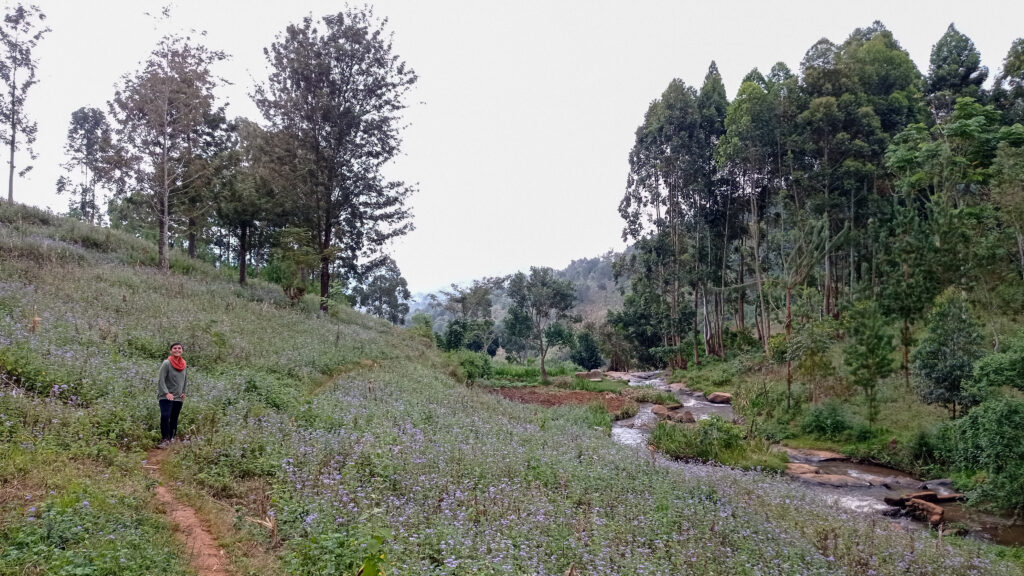
To return, we went through another path to make the circular route. We went up again to the path that went to Kisasa Falls, where we had broken to go down. From there, we continued straight on and took a path that went up to the right until we came to a wider road in the village of Ngulwi. From this village, we headed back to Lushoto, discovering new paths after a beautiful day visiting the Kisasa Falls.
– Watch the sunset from Irente Viewpoint or Yogoi Viewpoint:
One of the most beautiful activities to do from Lushoto, is to go to one of its viewpoints and see the great views towards the plain and the mountains. It’s a great place to disconnect and relax while you are watching the sunset from one of them.
Irente Viewpoint is the most famous viewpoint in Lushoto. To get there, you can ask for a boda-boda (motorcycle taxi) to take you there for about 5,000 TSH (both on the bike along with the driver, African style) or you can get there by walking in 40/45 minutes.
Along the way you will find different houses with local people who will greet you effusively and invite you to come and talk for a while quietly. The route also traverses green wooded areas until you reach the Irente Cliff Lodge, which is where you will leave your motorbike if you took it.
There, you will have to cross the Lodge, paying a previous fee of 1,000 TSH/person, which will take you to the entrance booth of the viewpoint where you will have to pay again, this time 2,000 TSH/person, to get to the viewpoint. This is where it’s time to sit and contemplate the marvel of scenery in front of you! From the viewpoint, you can access a cave that is located just below the main rock.
If you want to follow the route, there are other viewpoints just as beautiful and not as touristic as this one, where local people go to enjoy the sunset. These are free and can be found in the town of Yogoi.
From Irente, you can go to the Yogoi Viewpoint. You have to follow the route that goes to Yogoi. You can see it on the marked map:
The route between the two viewpoints takes approximately 45 minutes.
From this last viewpoint, you can go down to the village of Yogoi and once there take a boda-boda that will take you to your accommodation in Lushoto for about 1,000 TSH per person.
– Visit the Magamba Forest Reserve and its chameleons:
From Lushoto, you can book an excursion to see the Magamba Forest, a nature reserve with a forest protected by the large amount of interesting wildlife it has. You can see antelopes, chameleons, Red Colobus monkeys, many different birds, butterflies, etc. Admission ticket is 10$. It is advisable to take a guide who will know better the fauna and flora of the area. A tour guide can be hired from the Magamba Reserve office or from the Lushoto Tourist Office. We didn’t have time to do it, but they talked about it very well.
– Take the three- to four-day hiking trail through the Usambara Mountains:
After being in Usambara Mountains, we can say that we regret not being able to do this hiking trail. We didn’t have days or material to do this trek, but really if you can and enjoy walking, do it. It is a three- or four-day journey through an area that is still under-exploited and retains its essence. The scenery is spectacular and green and the route…. must be amazing! A guide can be rented for 50$/person per day.
If you want to know more about this route do not hesitate to visit this website which explains it very well!
Where to sleep in Usambara Mountains?
Lushoto is the main village to visit the Usambara Mountains. Located one hour from the main road, here you will find the main services such as banks, restaurants, means of transport, tourist office, supermarkets and also different accommodation options. We recommend:
– Green Friend Farm Lodge: Also known in Lushoto as Jerome’s house, this accommodation offers different rooms with toilet to sleep in. This is a local family (Jerome and Dometila) who have different apartments in their beautiful garden. Very good value for money and in a very beautiful and rural environment, and with a family that will take care of you very well. It has wifi although sometimes it was pretty slow. You have the option to dine there (Dometila cooks very well) and Jerome will inform you about all the options and excursions you can do in the area. In addition, they support different associations in the village and it is very interesting to to talk with them about it. We stayed 3 nights and it is a great option as a base point to visit the Usambara mountains. To book, you can call Jerome’s phone number which is +255 784 449 311.
– Milemeleni Guesthouse: This accommodation is 2 km from the bus station and the center of Lushoto. Located between Irente View Point and the village, it is a good place to disconnect and relax. Jackson, its owner, offers double rooms and apartments, and will advise you if you want to go on an excursion in the area. The price is 35$ for a double room with breakfast included.
– David Crater Homestay: This guest house is located on the outskirts of Lushoto, in a quiet and very welcoming place with David’s family. It has bedrooms and double rooms with wifi. It has very good references and excursions are also organized to visit the forests and their chameleons. Prices are around 30$ a night for a double room with breakfast included.
– Irente Farm Lodge: This accommodation is located on the outskirts of Lushoto (you will need a motorbike to get to the village center or walk for about 45 minutes), but it is very close to the viewpoints to observe a good view of the Usambara Mountains. A quiet place to disconnect and enjoy nature. It has a camping area and has double and triple rooms. You can dine there, it has wifi and prices range around 45 euros for a double room with half-board included. For more information, you can click here.
Where to eat in Usambara Mountains?
– Mamma Mia pizza: This restaurant is located on the main road, close to the bus station and the banks. It is a very good place to eat good pizzas, as well as pasta, local food and some delicious smoothies and fruit juices. Peter, its owner, is very friendly and the place is very well maintained. It has wifi and acceptable prices. We ate 2 pizzas and 2 smoothies for 50,000 TSH (about 19 euros).
– Muzdalifa Restaurant: Local restaurant located next to Lushoto Bus Station. Totally homemade food (soups, rice, potatoes…) and at a very good price. Many people from the village go there to eat. We ate for 15,000 TSH for 2 people (about 6 euros approximately).
– Tumaini Restaurant: This restaurant is located on the main road, just across the bus station. It offers a varied menu at acceptable prices. A good place to rest after visiting some of the must-sees of the Usambara Mountains.
What was our route? 3 days in Usambara Mountains
DAY 1: We travel from Arusha to Lushoto with Chakito Bus on a journey that takes about 9 hours. We left at 6 in the morning from Arusha, and after passing through Moshi, we arrived at Lushoto at 3pm very tired. We move into Jerome’s house and take advantage of the fact that it is Thursday to go and see the local market of the village which is full of life and with stands of clothes and food of the people of the surrounding villages.
DAY 2: In the morning, we make a circular route walking to the Kisasa Falls where we enjoy them in the middle of nature and the paths that border it. We return to Lushoto for lunch on a different route, and take advantage of the sunny day, to see a spectacular sunset from the Irente View Point and also from the Yogoi viewpoint. We rest at Jerome’s house and have dinner and cake with the whole family to celebrate Laia’s birthday!
DAY 3: Today we live local life. Let’s take a walk around Lushoto and the village of Yogoi while watching people wash clothes in the river, as the children shout Muzungu and approach to us smiling, as the motorbikers beep us to see if we want to get in their taxi, as the boys and girls return from school crossing the fields by paths in the middle of the crops, how people gather on the edge of the football field, how women load firewood on their heads to make fire in their homes, and finally we again enjoy a great sunset at the Yogoi Viewpoint while watching some teenagers listen to music beyond where we are and some local couple also come to watch the sunset. We return to Jerome’s house where we have dinner and go to bed early, as the next day we will take the first minibus at 5 in the morning to go to Tanga and cross the border to Kenya.
If you have more days, you can go on an excursion to an inland village like Lukazi or to the forests of Magamba. We really enjoyed of the nature and local life in the Usambara Mountains. It is a totally rural and little known place, ideal to disconnect and relax in the middle of mountains, viewpoints and a wonderful landscape.



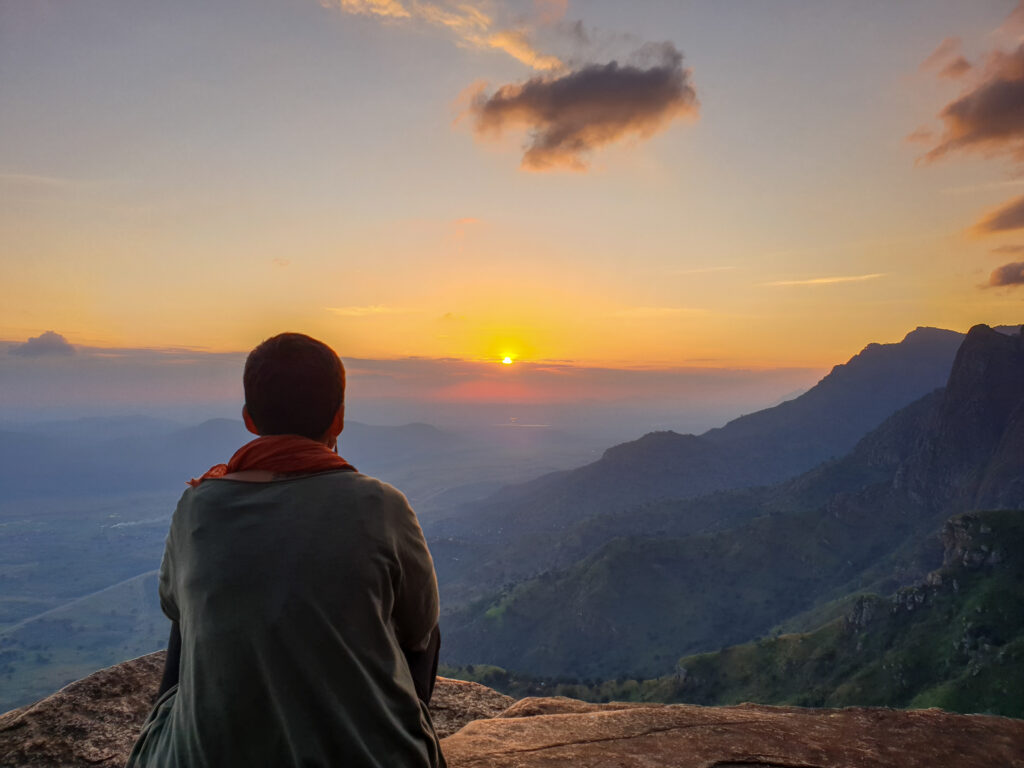
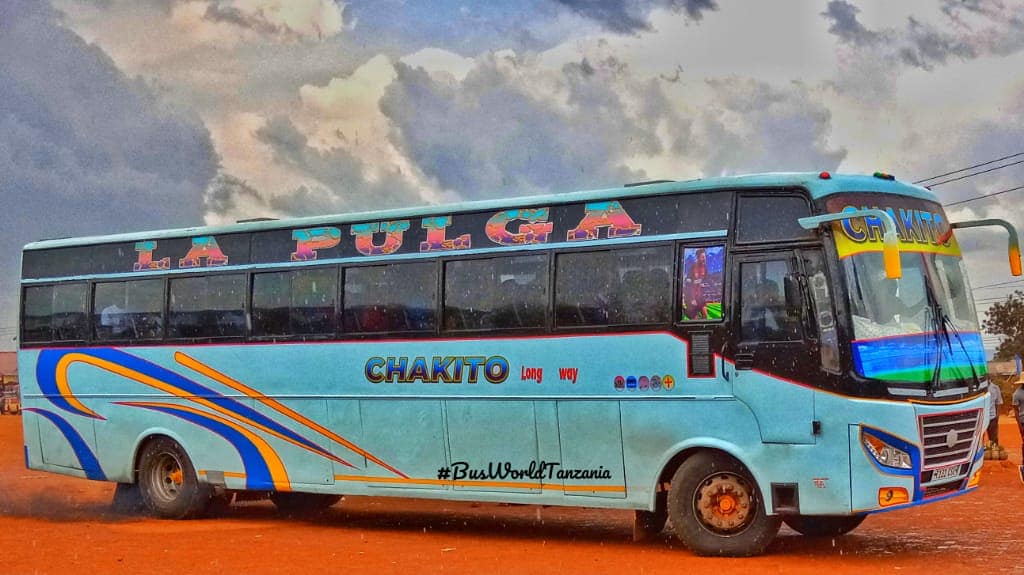

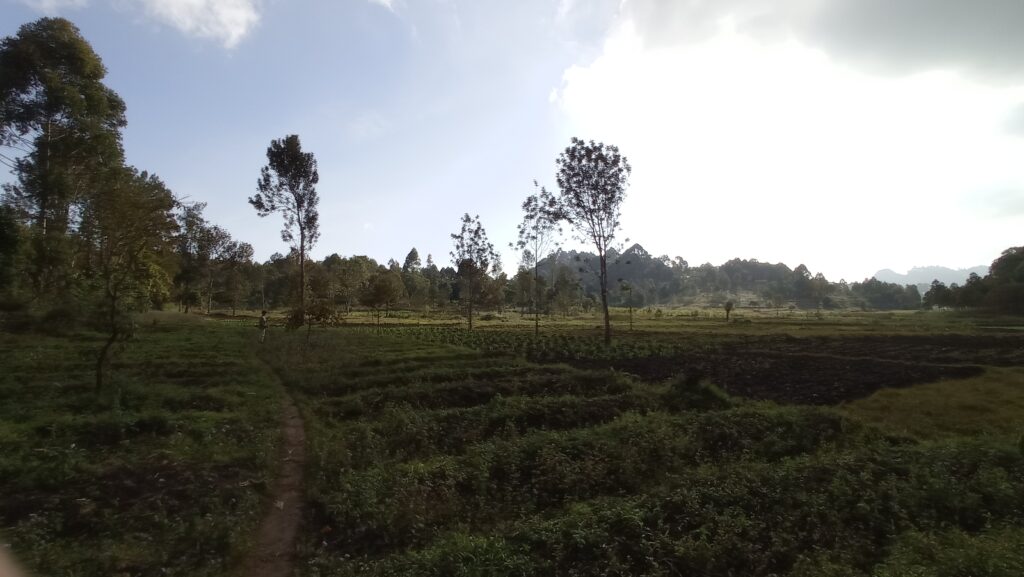
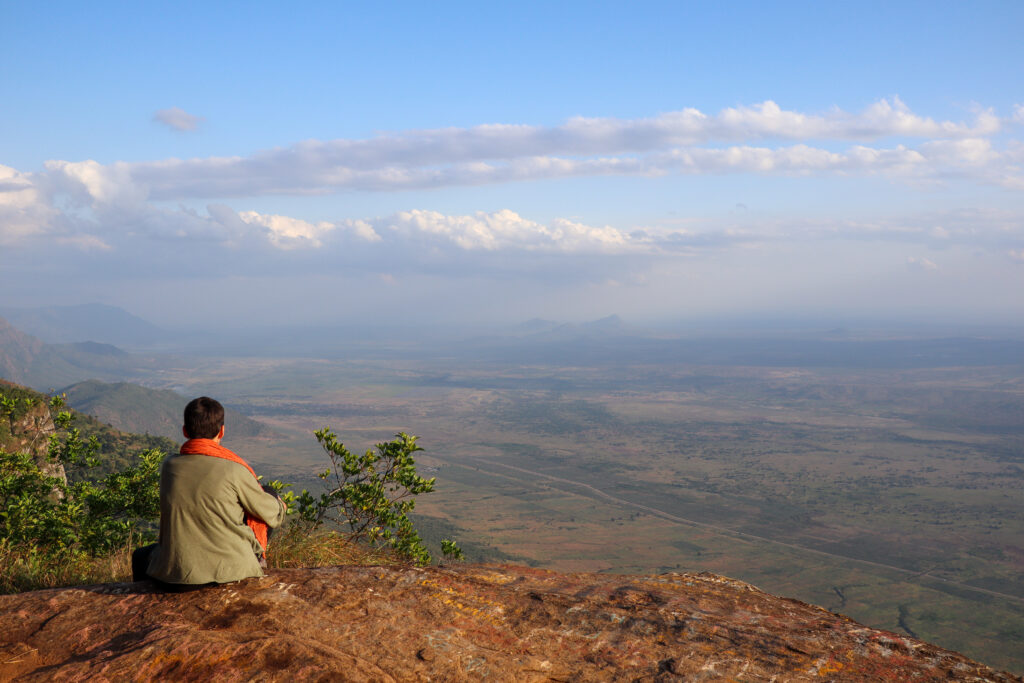
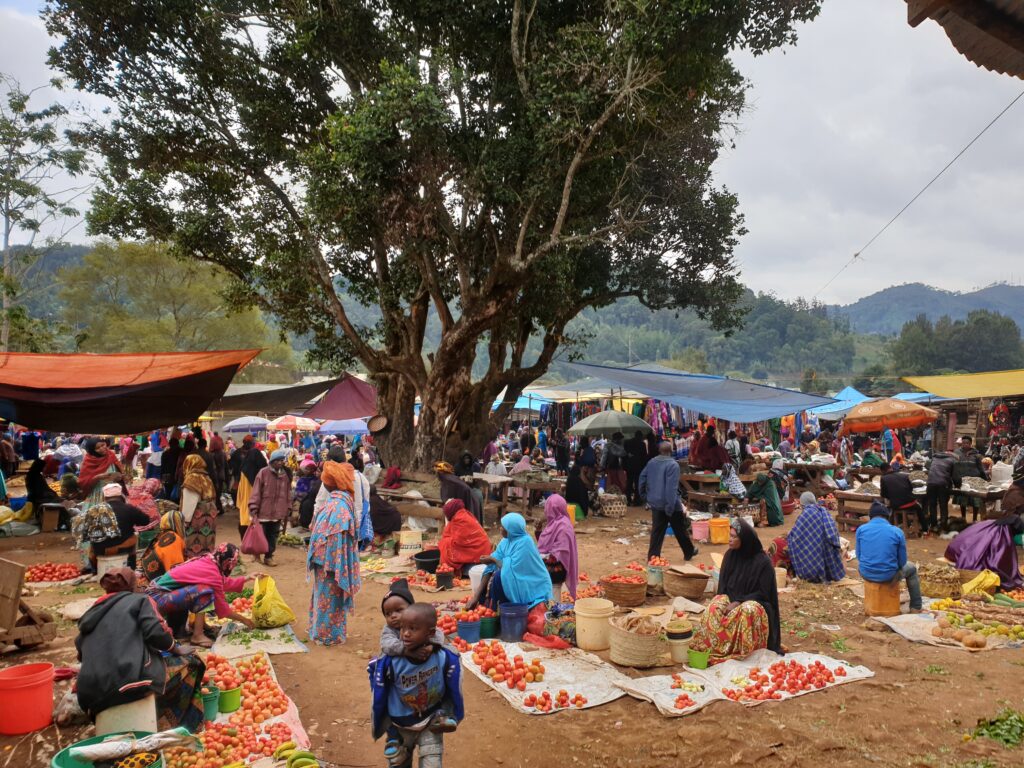


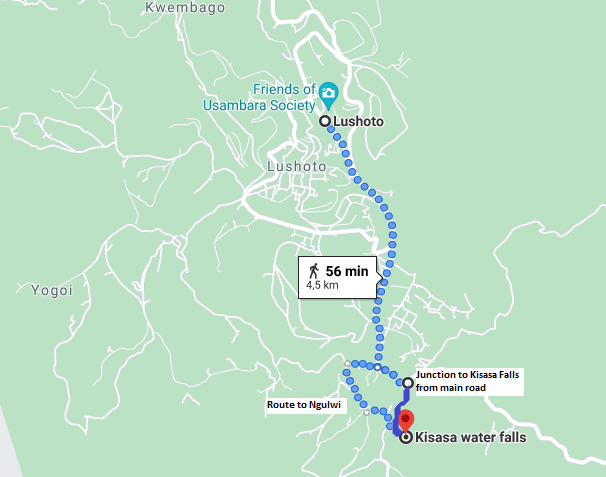
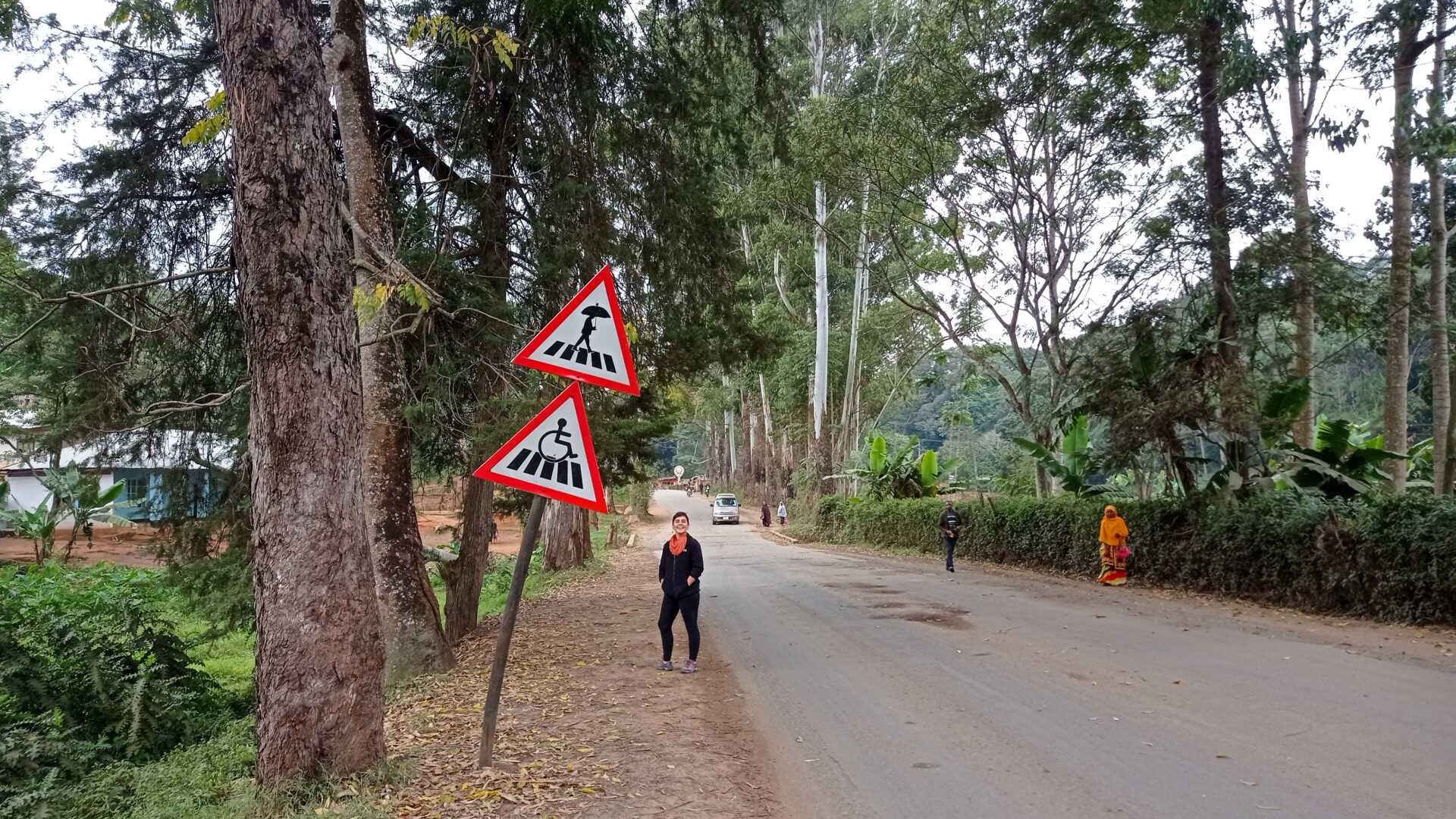



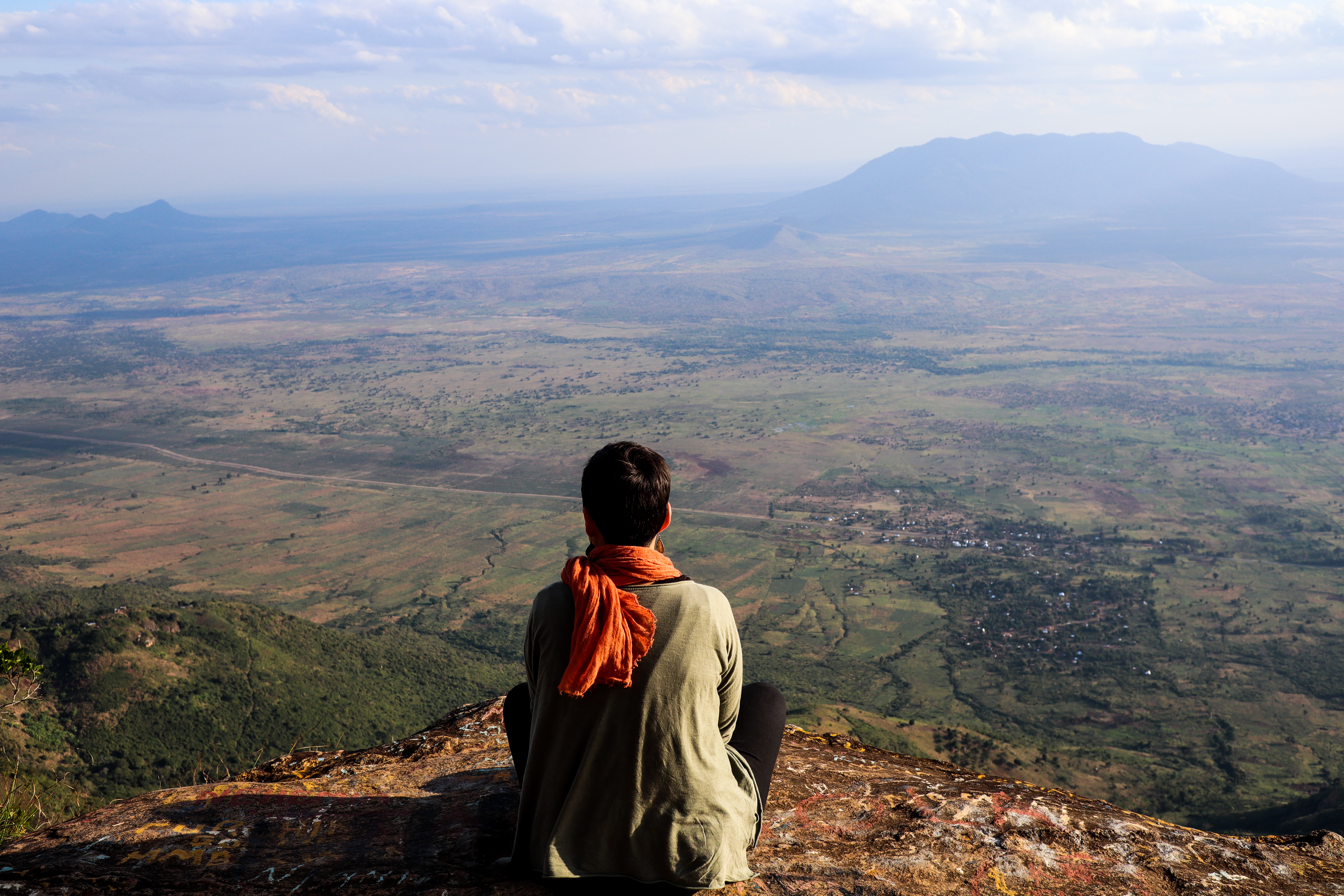
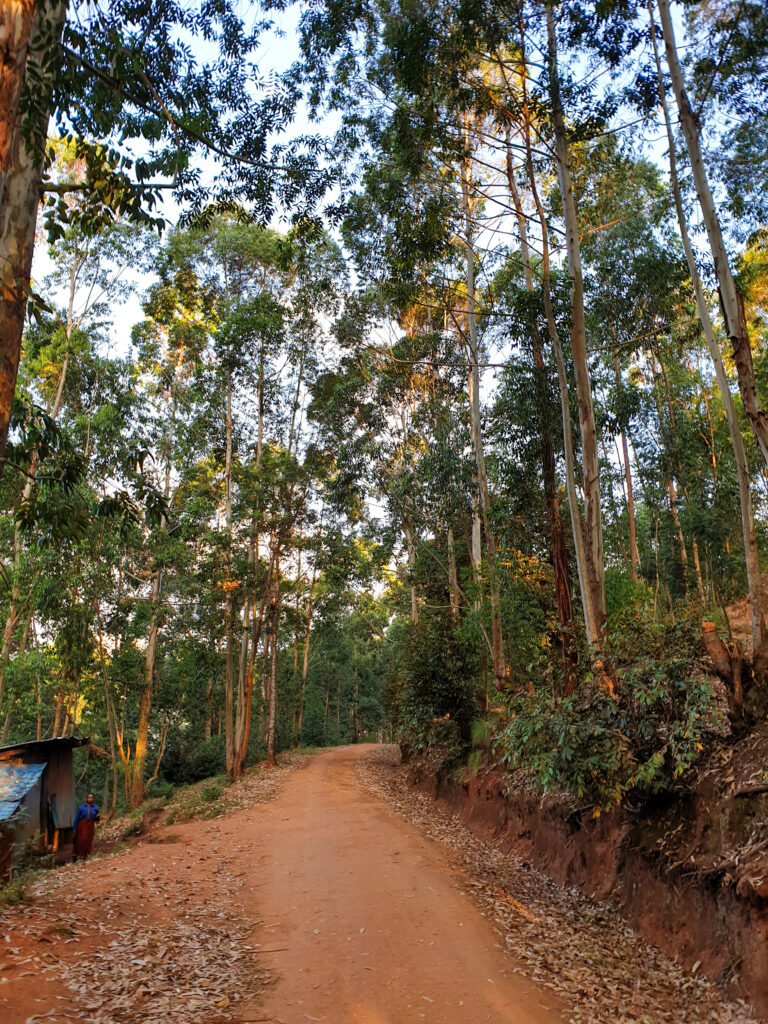
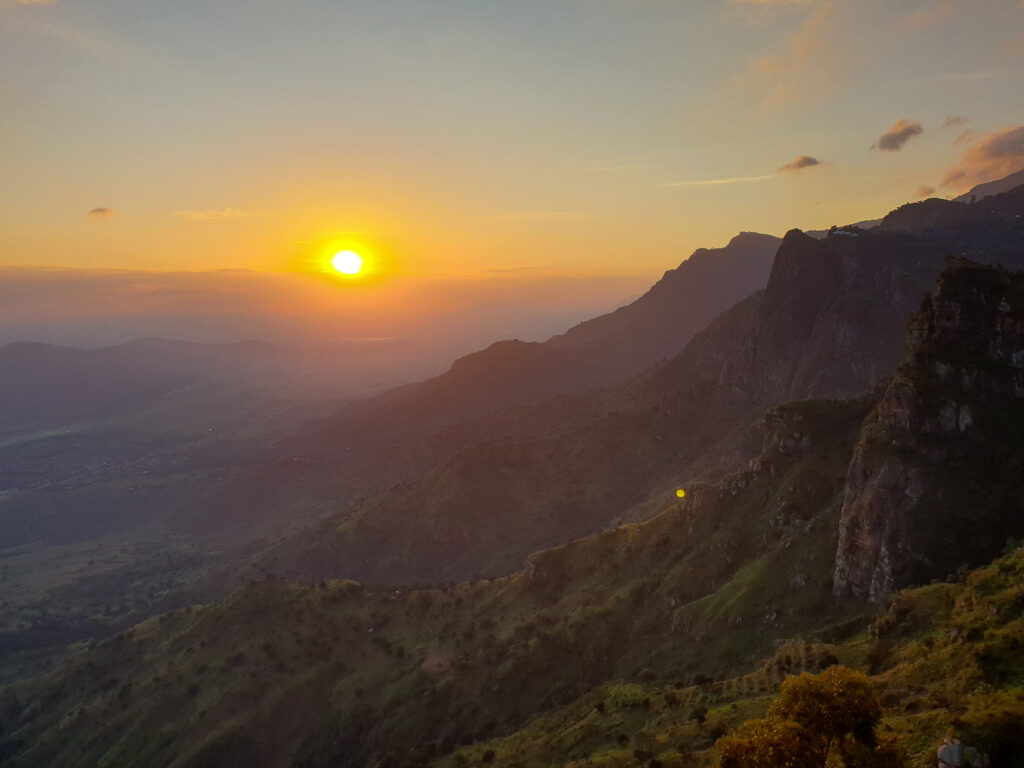


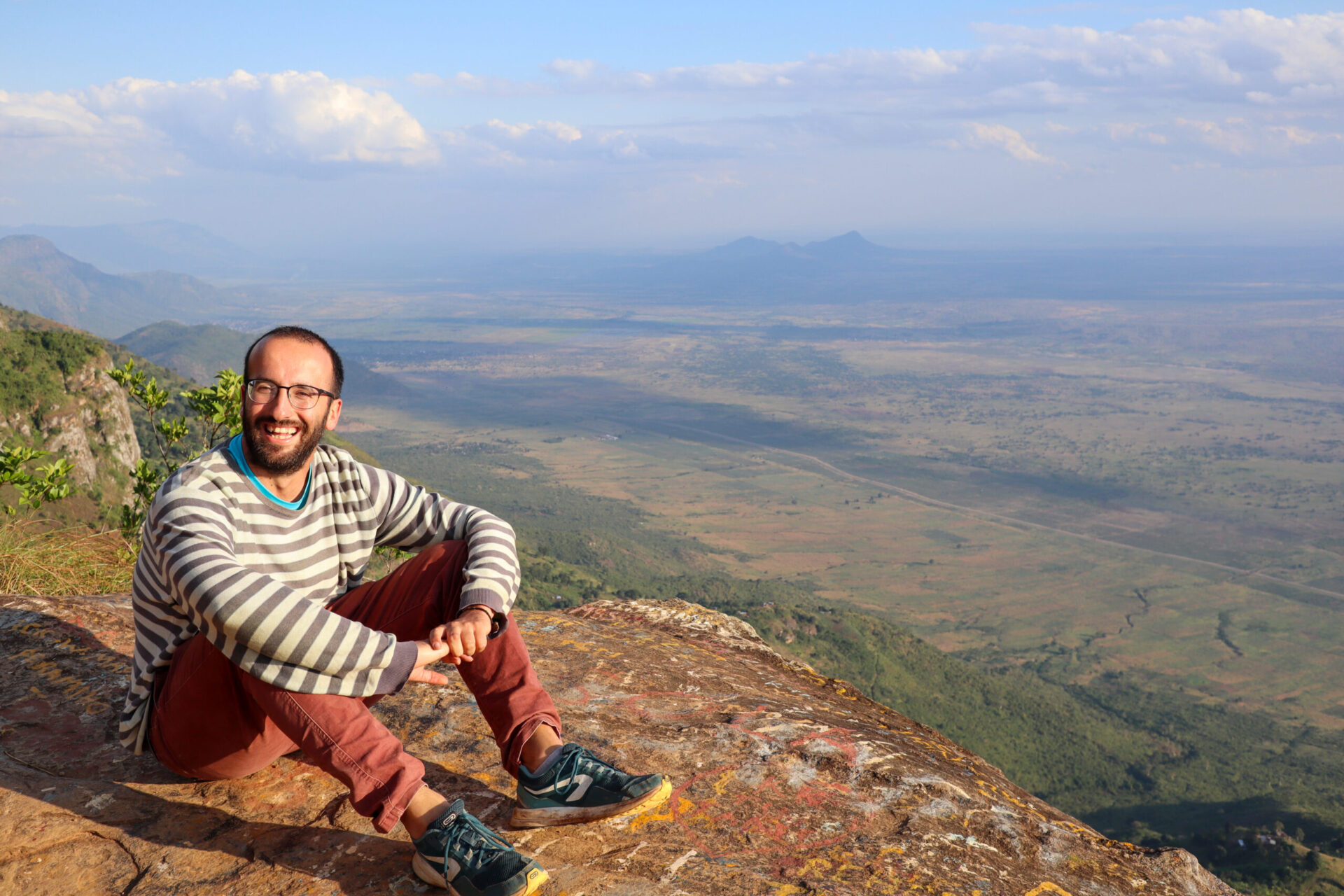
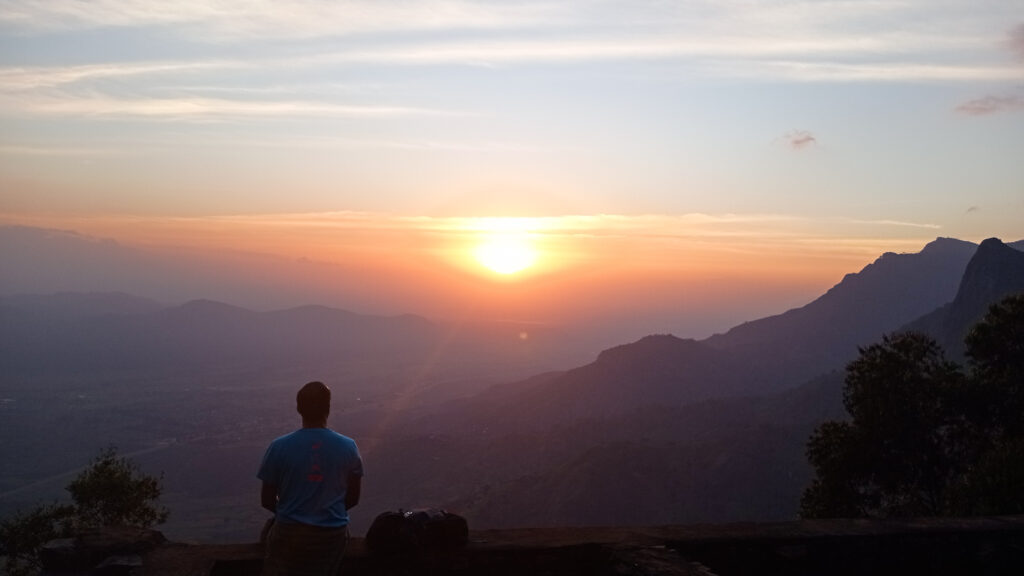
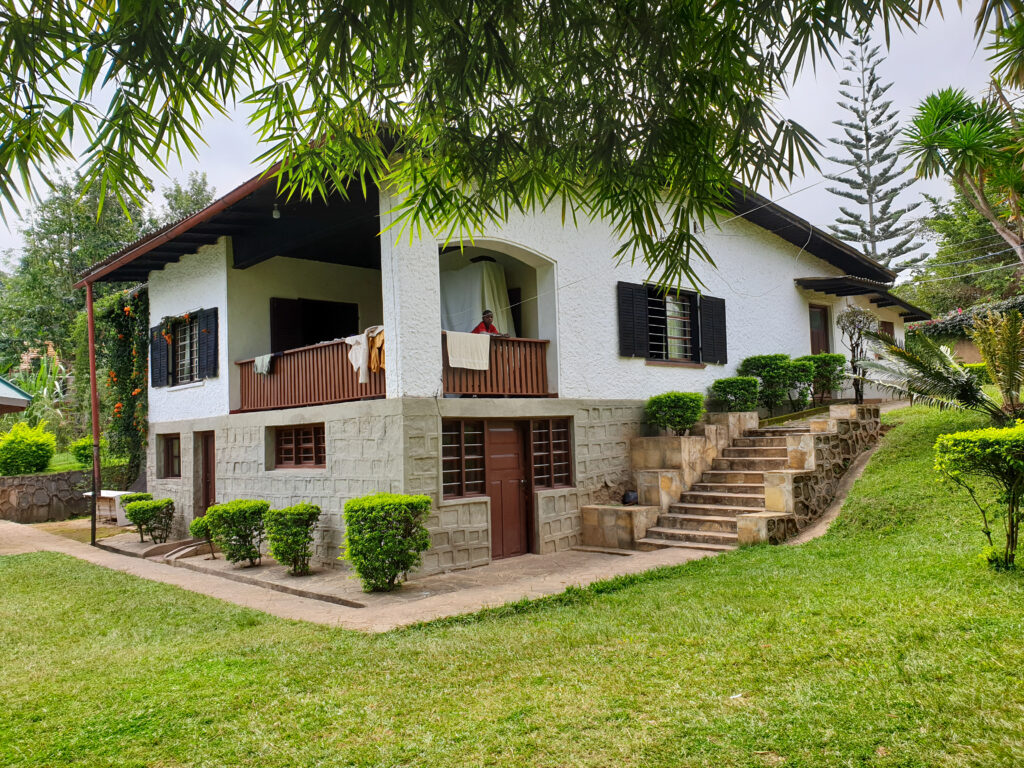



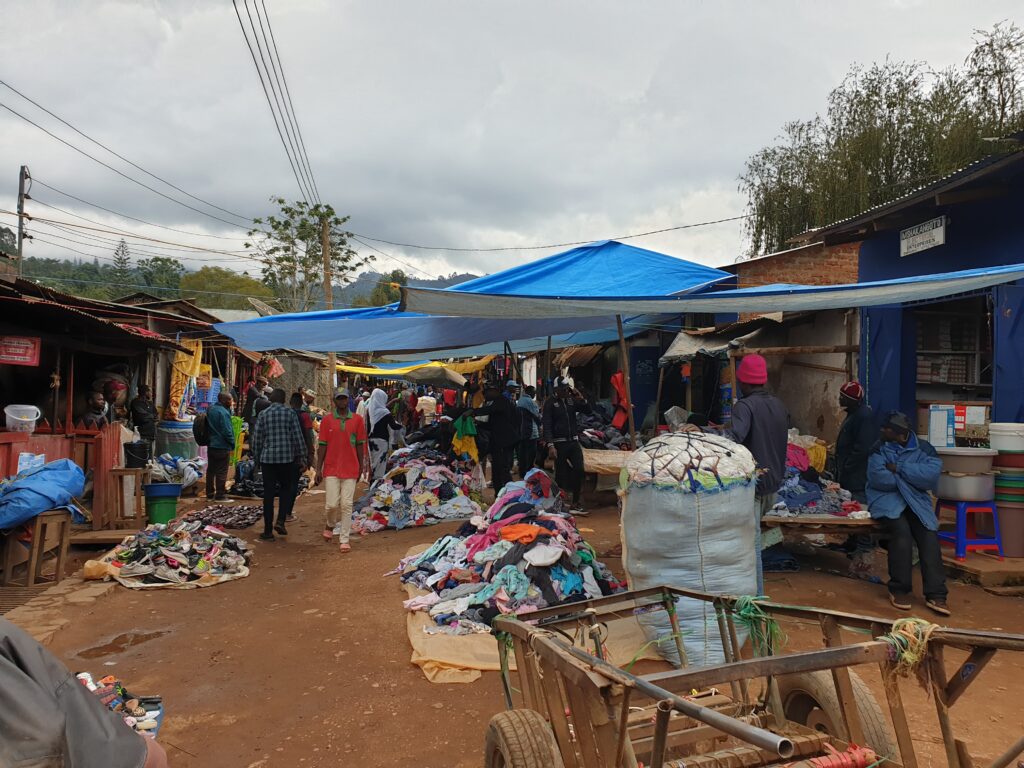
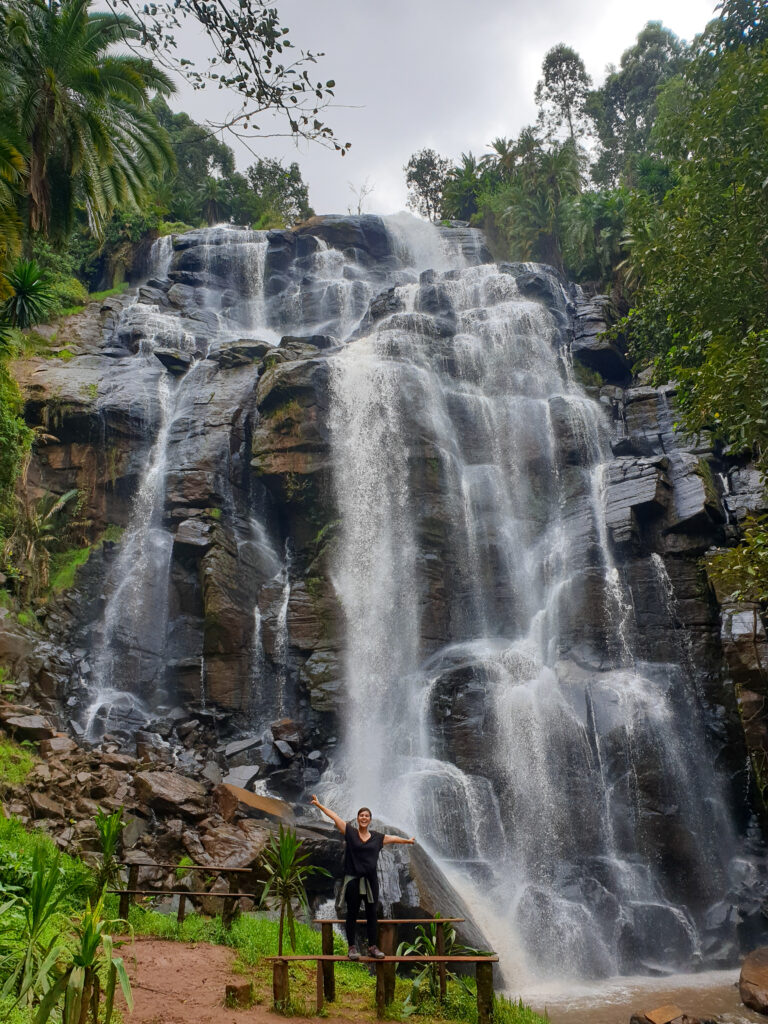


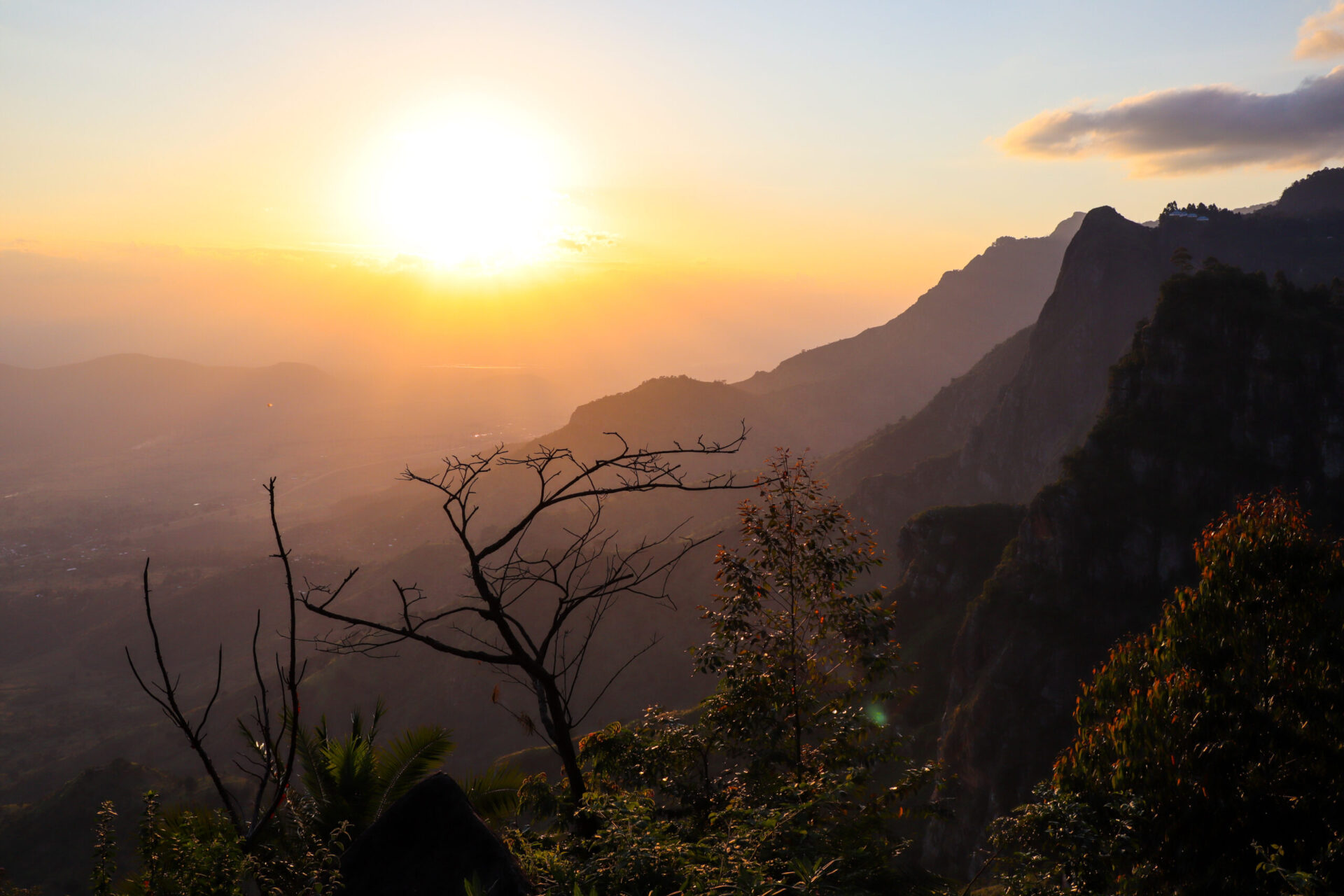



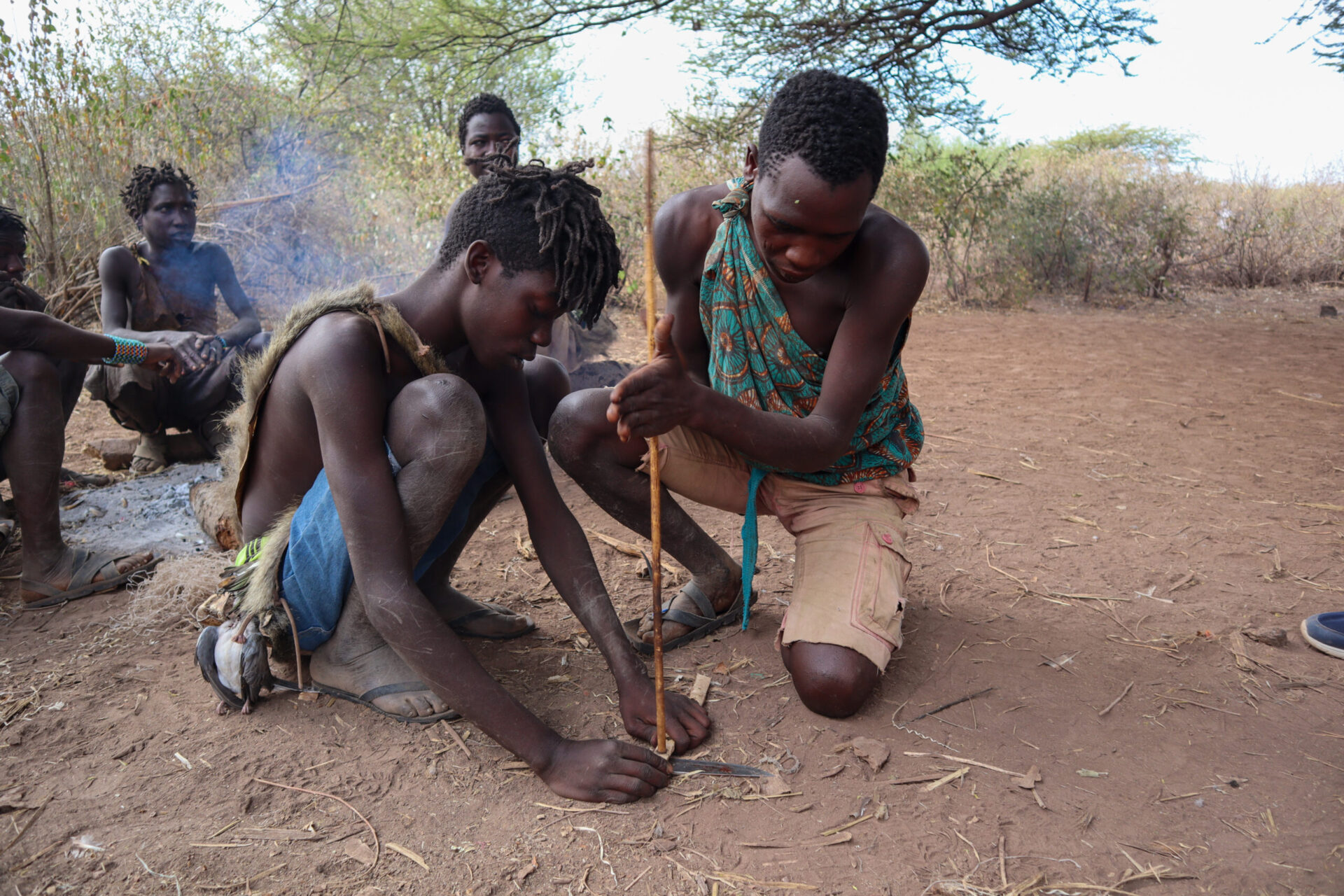

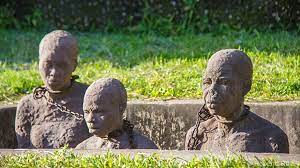

0 Comments